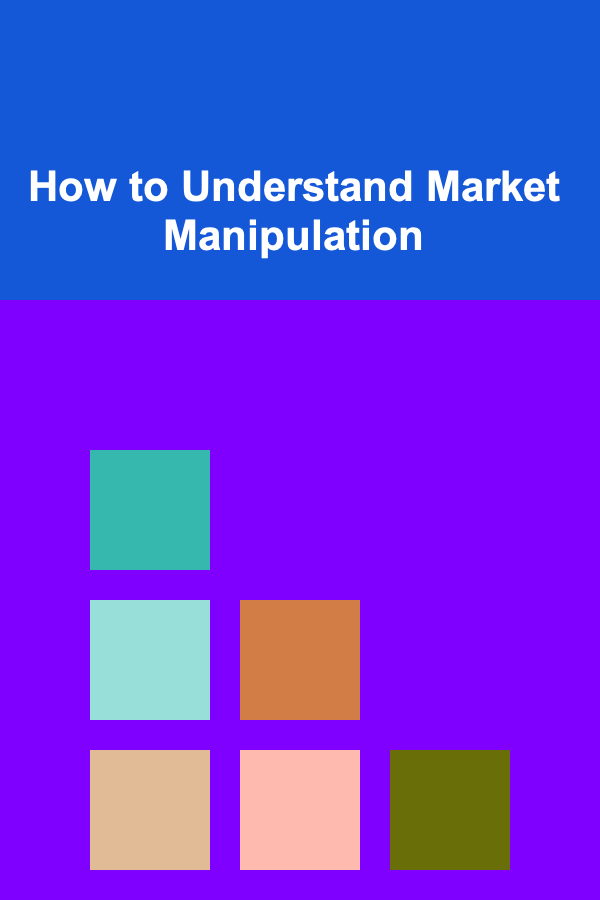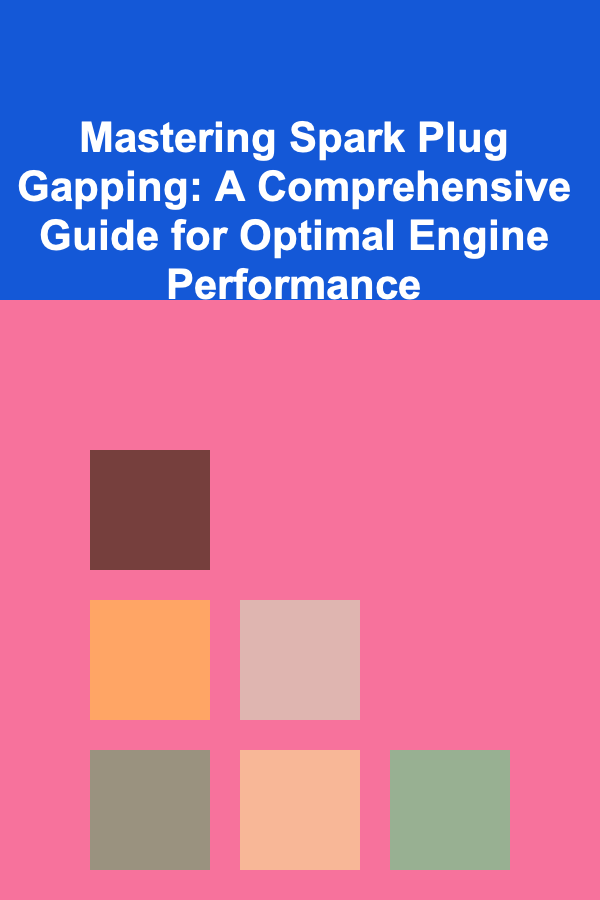
10 Common Art Director Mistakes and How to Avoid Them
ebook include PDF & Audio bundle (Micro Guide)
$12.99$11.99
Limited Time Offer! Order within the next:
Not available at this time

Being an art director is a multifaceted and challenging role, requiring a blend of creativity, vision, communication, and leadership. Whether you're working in advertising, film, television, fashion, or publishing, the job demands you to oversee the visual aesthetics of a project while ensuring the design aligns with the brand, message, or project goals. However, even experienced art directors can make mistakes that may derail the creative process or cause unnecessary delays.
In this article, we'll explore the ten most common mistakes art directors make and provide tips on how to avoid them to ensure the success of your project.
Lack of Clear Communication with the Team
One of the most significant pitfalls an art director can fall into is failing to communicate effectively with the creative team. As an art director, you're often the bridge between the client's vision and the team's execution, so clear and consistent communication is paramount.
Why It Happens:
Art directors may assume that their team understands the vision without needing further clarification. Sometimes, there is a tendency to overestimate the team's ability to interpret vague instructions or an initial concept.
How to Avoid It:
- Set Expectations Early: Begin by setting clear expectations at the start of the project. Outline the goals, objectives, and deadlines in detail.
- Use Visual References: Share mood boards, sketches, or inspiration boards that visually convey your ideas. This makes it easier for the team to grasp the vision and understand your direction.
- Regular Check-ins: Schedule frequent meetings with the team to review progress and address any concerns or misunderstandings early on.
Actionable Tip:
Set up a project management tool, such as Trello or Asana, where tasks, comments, and ideas can be tracked and discussed in one place, ensuring everyone is on the same page.
Ignoring the Importance of Conceptualization
Art directors sometimes get caught up in the execution of their ideas, focusing too much on aesthetics rather than the conceptual foundation of the project. This can lead to a lack of cohesion and missed opportunities for innovation.
Why It Happens:
It's easy to get swept up in the excitement of creating beautiful visuals, but neglecting the conceptual phase can lead to designs that are visually pleasing but lack depth or relevance to the project's goals.
How to Avoid It:
- Start with Strong Concepts: Before diving into designs, spend time developing and refining the concept. Ask yourself: What is the story we're telling? What message do we want to communicate? How does the design support that message?
- Collaborate with Other Departments: Conceptualization is not only about aesthetics---it's about ensuring that the design aligns with the brand and communicates the intended message. Involve other teams, such as marketing, copywriting, or brand strategists, early in the process.
Actionable Tip:
Create a conceptual framework or a creative brief to outline the core message, target audience, and intended emotional impact. This document can serve as a guide throughout the project.
Overdesigning the Project
While it may be tempting to layer on more elements to create an intricate design, overdesigning can lead to a cluttered, confusing visual that fails to communicate clearly.
Why It Happens:
Art directors, especially those with a penchant for detail, can fall into the trap of overcomplicating designs by adding excessive elements, textures, or effects.
How to Avoid It:
- Simplify: Keep the design simple and focused on the core message. Use design elements sparingly, ensuring that each piece adds value and contributes to the overall concept.
- Whitespace Is Your Friend: Embrace the power of whitespace to allow your design to breathe. It helps highlight the most important elements and creates a visually pleasant balance.
Actionable Tip:
When reviewing a design, ask yourself: "If I removed one element from this, would it still convey the same message?" If not, consider simplifying further.
Not Understanding the Brand's Identity
Every project you work on should align with the client's brand identity. Whether you're designing a logo, a marketing campaign, or a website, a lack of understanding of the brand's core values and visual language can result in a disjointed final product.
Why It Happens:
Art directors sometimes rush into the design process without fully immersing themselves in the brand's ethos, history, and visual style.
How to Avoid It:
- Dive Deep into Brand Guidelines: Before you start any project, familiarize yourself with the brand's guidelines, color schemes, fonts, and imagery. If no guidelines exist, work with the client to create a cohesive brand identity.
- Research the Brand's Past Work: Review any past designs or campaigns to understand the brand's evolution. This can help ensure continuity and consistency in the new design.
Actionable Tip:
Create a mood board based on the brand's previous works, and share it with the client for feedback before proceeding. This ensures that you're aligned with the brand's direction.
Not Taking User Experience into Account
Whether you're designing a website, an app, or a product package, user experience (UX) should be a priority. An art director who focuses solely on aesthetics without considering functionality can end up with designs that look great but are difficult to navigate or interact with.
Why It Happens:
Art directors can sometimes prioritize style over function, assuming that users will be willing to adapt to a visually striking but unintuitive design.
How to Avoid It:
- Prioritize Functionality: Ensure that your designs not only look good but are also user-friendly. Consider how the design will be interacted with, and optimize for ease of use.
- Work Closely with UX Designers: If you're not well-versed in UX design, collaborate with a UX designer to ensure that your visual design enhances, rather than hinders, the user experience.
Actionable Tip:
Conduct usability tests with a small group of users to identify any potential issues before finalizing your design. This can help spot pain points early.
Failing to Manage Time Effectively
Time management is one of the most critical aspects of being an effective art director. Deadlines are often tight, and failing to allocate time appropriately for each phase of the design process can lead to rushed, subpar work.
Why It Happens:
Art directors are often juggling multiple projects simultaneously, and without proper planning, it's easy to lose track of time or underestimate how long certain tasks will take.
How to Avoid It:
- Create a Realistic Timeline: Break down the project into stages---concept development, design, feedback, revisions, and final delivery. Assign realistic time frames to each stage and adjust as needed.
- Use Time Management Tools : Utilize project management tools like Basecamp or Monday.com to track tasks, deadlines, and progress.
Actionable Tip:
Factor in buffer time for unexpected revisions or challenges. This will help you avoid stress and last-minute rushes.
Neglecting to Solicit Feedback
Art directors sometimes work in isolation, believing that their vision is clear and final. However, without external feedback, it's easy to miss blind spots or design flaws.
Why It Happens:
Art directors may feel possessive over their designs or worry that too many revisions will dilute their vision, leading them to avoid asking for feedback.
How to Avoid It:
- Seek Feedback Early and Often: Don't wait until the end of the project to ask for feedback. Solicit input at various stages of the process, especially after concept development and during the design phase.
- Encourage Constructive Criticism: Create an environment where feedback is welcomed and seen as a tool for improvement rather than a critique of your abilities.
Actionable Tip:
Invite colleagues from different departments (e.g., marketing, copywriting) to review your work, as they can provide valuable perspectives that you may not have considered.
Underestimating the Power of Typography
Typography is a cornerstone of design that's often overlooked or treated as an afterthought. Choosing the wrong font or failing to consider how the typography aligns with the brand can detract from the overall design.
Why It Happens:
Art directors may choose fonts based on aesthetics alone, without considering the legibility, tone, and overall message of the brand.
How to Avoid It:
- Choose Fonts Wisely: Select fonts that align with the brand's tone and the project's message. Ensure that they are legible and work well in different sizes.
- Pay Attention to Hierarchy: Use font sizes, weights, and styles to create a visual hierarchy that guides the reader's eye and makes the content easy to digest.
Actionable Tip:
Test different fonts in the context of your design. What works for one project may not work for another, so always ensure the typography complements your visuals.
Failing to Stay Updated with Design Trends
Design trends constantly evolve, and it's easy to become complacent by relying on outdated styles or techniques. Art directors who don't keep up with the latest trends may find their work looking stale or disconnected from current design standards.
Why It Happens:
Art directors sometimes rely too heavily on established styles they're comfortable with, neglecting to stay informed about emerging trends.
How to Avoid It:
- Follow Design Communities: Stay updated on the latest design trends by following design blogs, attending conferences, and engaging with online design communities.
- Experiment with New Tools: Regularly try out new design tools and software to enhance your creativity and improve your design process.
Actionable Tip:
Set aside time each month to explore new design trends and experiment with them in personal projects before incorporating them into client work.
Not Prioritizing Post-Production
Once the design is finalized, post-production work---such as preparing files for print, optimizing images for the web, or ensuring color consistency---should not be overlooked.
Why It Happens:
Art directors may focus too much on the design itself and rush through the technical aspects required for final delivery.
How to Avoid It:
- Double-Check File Formats: Ensure that the final files are optimized for the intended platform (print, web, etc.). Verify resolution, color profiles, and dimensions.
- Proof Your Work: Always review the final design on the actual medium (whether that's printing a test page or previewing a website) to ensure the quality is consistent with your vision.
Actionable Tip:
Create a checklist for the post-production process, and double-check each step before finalizing the project.
Art directors play a pivotal role in shaping the visual direction of a project. By being aware of these common mistakes and actively working to avoid them, you can ensure that your designs are not only aesthetically compelling but also aligned with the project's objectives. With clear communication, a strong conceptual foundation, and effective time management, you'll be able to lead your creative team to success and deliver designs that truly resonate with your audience.

How to Add a Walk-In Closet to Your Bedroom Renovation
Read More
How to Implement Psychological Pricing Techniques for Better Sales
Read More
How to Leverage Social Media to Grow Your Craft Business
Read More
How to Optimize Your Website's Meta Tags for SEO Success
Read More
How to Understand Market Manipulation
Read More
Mastering Spark Plug Gapping: A Comprehensive Guide for Optimal Engine Performance
Read MoreOther Products

How to Add a Walk-In Closet to Your Bedroom Renovation
Read More
How to Implement Psychological Pricing Techniques for Better Sales
Read More
How to Leverage Social Media to Grow Your Craft Business
Read More
How to Optimize Your Website's Meta Tags for SEO Success
Read More
How to Understand Market Manipulation
Read More